The city on the Oker River was first mentioned in chronicles of the XI century. The zenith of fame of Braunschweig came in the XII century, when it became the residence of the Duke Henry the Lion of the House of Welf. With the degree of his influence in Europe the Duke was inferior only to the emperor. Together with his wife Mathilde, the sister of the English King Richard the Lionheart, they patronized the arts. The construction of St. Blasius started during their reign: it later became the burial place of the Duke of Brunswick. According to legend, Henry drew a figure of a lion, which in 1166 was cast in bronze and placed on the square Burgplatz (Burgplaz) near the cathedral. But historians are inclined to believe that the author of the sculpture was a professional jeweler. Now the copy of the Braunschweig lion - the symbol of the city – is on this street. Its original is in Dankwarderode Castle. One of Henry’s sons became Roman Emperor Otto IV and contributed to the prosperity of his native city. After going through an era of strife, being a part of Westphalia under Napoleon, the duchy of Brunswick retained its status until 1918, when the descendants of Henry the Lion finally lost power.
The Cathedral of Brunswick also known as the Cathedral of St. Blaise is the main historical attraction of the city. During the Reformation, it was passed to the Lutheran Church. Dankwarderode Castle is next to it on Burgplatz. It was rebuilt in the XIX century and now is a museum. Some places in the center have stood the test of time, which are reminiscent of the era of the Hanseatic trade union, in which the city has played a significant role: these places include the Old Town Square (Altstadtmarkt) with Mary’s Fountain (Marienbrunnen) dating to the XV century in its center. The old town hall (Altstadtrathaus), the Church of St. Martin (Martinikirche), the XVII century customs building (Altes Zollhaus), the Clothing House (Gewandhaus) stand along the perimeter of the square. Coal Market Square (Kohlmarkt) is full of cozy cafes and shops. The Happy Rizzi House office building in the style of pop art seems to have come out from the pages of comics. And one of the oldest quarters of the city – Magni Quarter (Magniviertel) - attracts with the XI century St Magnus’ Church and half-timbered houses.
But the city is alive not only with architecture. The classic German Braunschweiger sausage is common here. Soft, similar in consistency to a paste, it is made of smoked pork meat. People started to brew their own beer in Braunschweig - the legendary "Mumme” (Braunschweiger Mumme) not later than in the XV century. For three centuries it was the main export product of the Duchy of Brunswick: due to the high content of alcohol and sugar the beer could be kept for a long time, therefore it was very popular among sailors carrying barrels of it to India and the Caribbean. The best time to try that dark beer having a 600-year history is the weekend event of Mumme (mummekaufsgenuss) in November. On these days delicacies with beer as their basis are sold in the city squares, concerts and contests are organized. By the way, you can even find gingerbread with beer taste! Brunswick is one of Germany's largest producer of white asparagus. Its season lasts from April to June. Immediately after the first winter cold kale or Grünkohl, rich in vitamin C, folic acid, potassium, calcium, magnesium and iron appear on the table. Smoked pork sausage with kale and potatoes is the traditional local winter dish. Gingersnap and honey cake are among the traditional desserts. Another local sweet attraction is related to the name of the hero of medieval legends, Till Eulenspiegel, allegedly born in Braunschweig. According to legend, Till once baked figures of owls and monkeys overnight to make fun of the baker who hired him. When the baker sent him away in anger, he stood at the church with a basket and quickly sold his products, making the baker even angrier. Now the figures made from sweet dough are house special cakes of Brunswick bakers.
In Braunschweig the end of winter is always joyfully celebrated with the most popular carnival in Northern Germany. It is called Shoduvel in honor of the traditional carnival, held in the city since the XIII century. Since 1979, it takes place before Easter, on Pink Monday. In the first half of November Brunswick International Film Festival attracts fans of art-house. Stars of world cinema are awarded the “Europe” prize, while young European directors are given the chance to appear to spectators. Classical music lovers can’t help attending a concert of Braunschweig’s State Orchestra (The Staatsorchester Braunschweig) - one of the oldest symphony orchestras in the world.
In short, in every season everyone can find what to do in Brunswick, with its culture and classical - simple and hearty - German cuisine. But it is necessary to bear in mind that especially fall and early spring are full of interesting events.
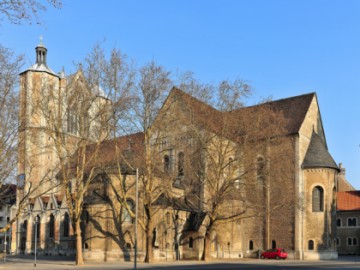
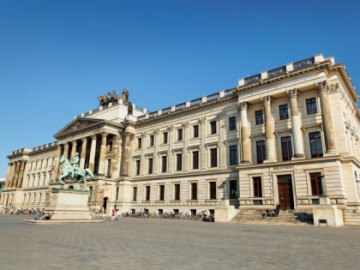
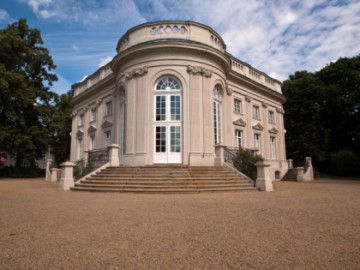
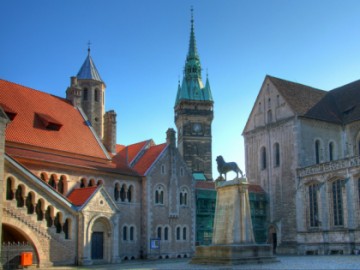
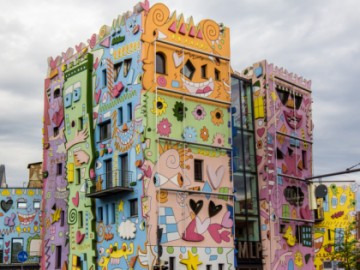
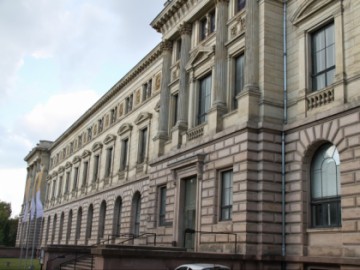
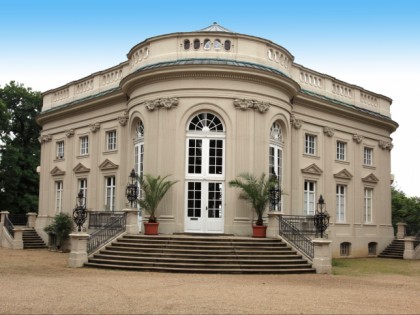
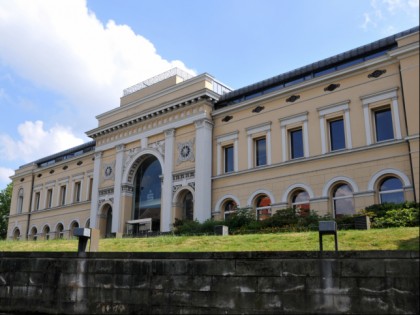
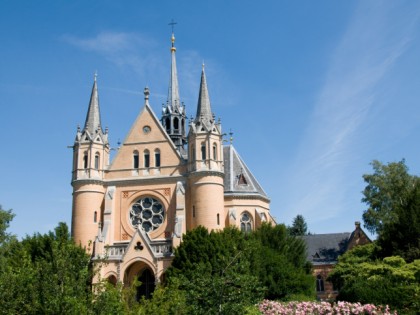
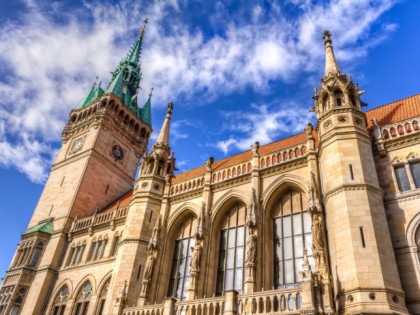
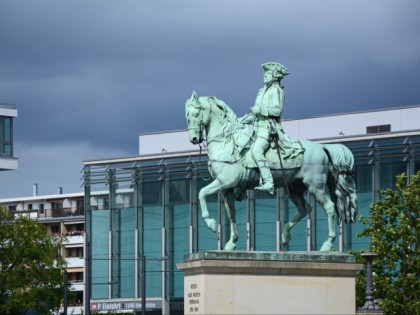
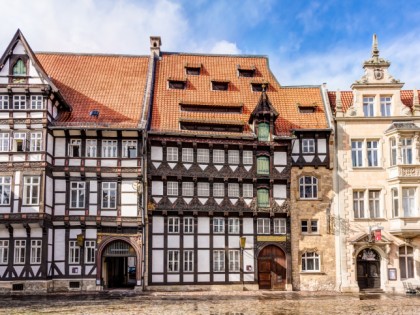
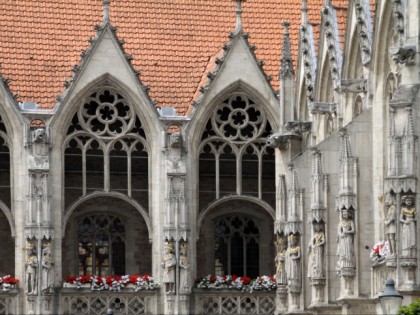
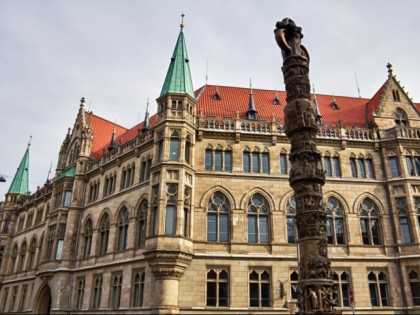
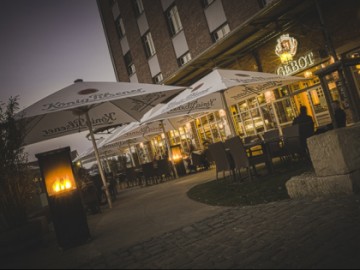

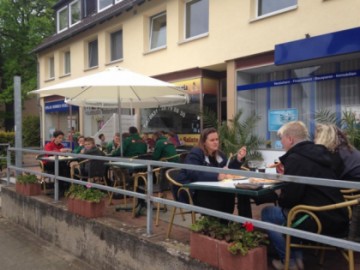
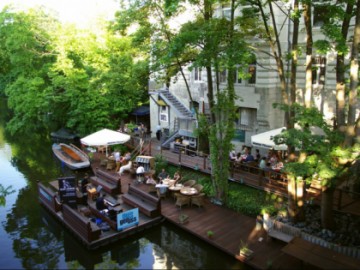
 Castles, Fortresses and Palaces
Castles, Fortresses and Palaces
 Museums and Exhibitions
Museums and Exhibitions
 Architectural Monuments
Architectural Monuments